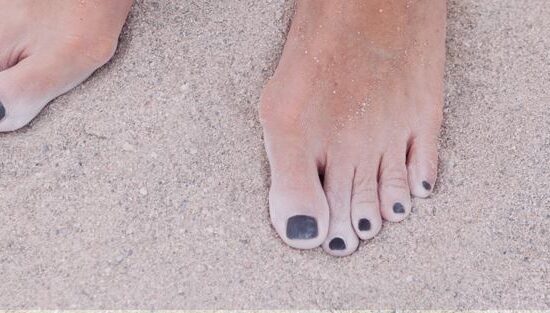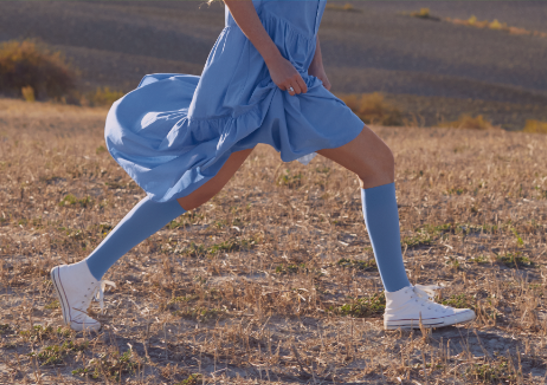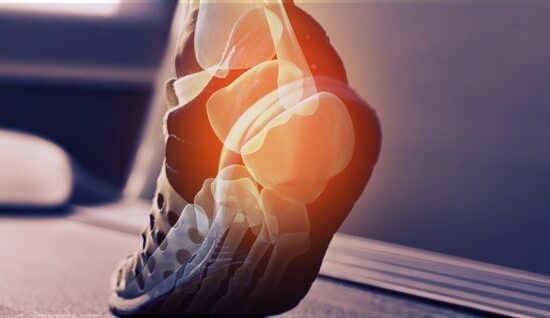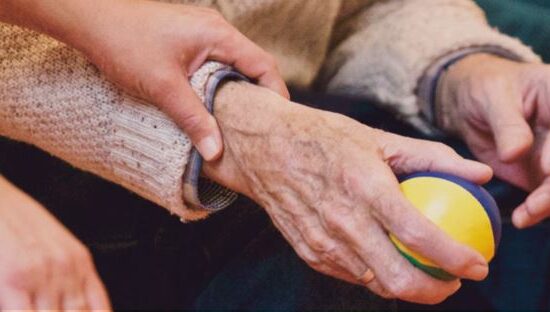Does your knee hurt and appear swollen from a bad fall and twisting your leg? All signs point to a knee sprain. What should you do? Follow these tips and learn more about the physical causes and possible treatments for healing properly.
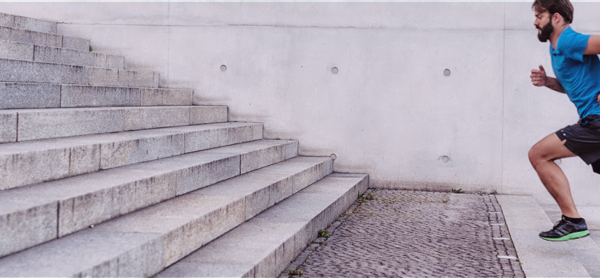
Knee Sprain
What is a sprained knee?
A sprained knee is often caused by a twisting of the joint. In other words, the leg twists and the foot remains locked on the ground, so your joint over-rotates. This type of injury immediately limits your movement and is particularly painful.
A knee sprain consists of an injury (stretch or tear) in one or more ligaments. The knee has four :
- The collateral ligaments – inner and outer
- The central, or cruciate, ligaments – anterior and posterior
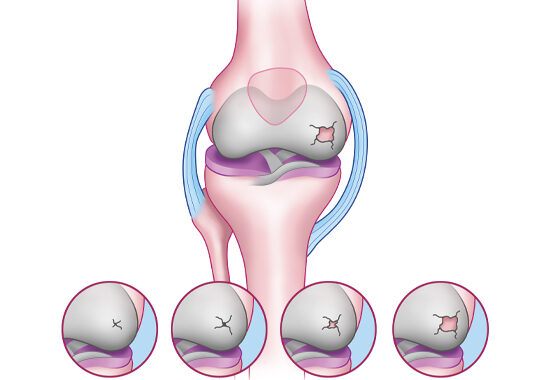
Four tips for healing after a sprained knee
1. Get moving
Immobilization leads to stiffness and muscle loss faster than you might think. So unless your doctor says otherwise, keep moving your injured leg (in moderation). You will help it regain good mobility faster.
2. Be patient
Don’t be tempted to go too fast. While complete immobilization is not the best idea, neither is resuming your usual activities at 100%. Go slowly and know your limits. Choose your activities based on what you’re capable of doing. It’s all about listening to your body and its signals—pain, instability, lack of strength. You’ll be better off later, when your knee recovers gradually and effectively.
3. Be safe
Your injured knee will take time to regain stability. To safely resume your favourite physical activities, protect your knee with a stability orthosis.
4. Prevent injury
Consider doing a warm-up before your workout. Make sure to wear proper footwear for the activity and adjust your equipment (for example, your ski bindings).
Following these tips will help you quickly regain full use of your knee and avoid another sprain.

